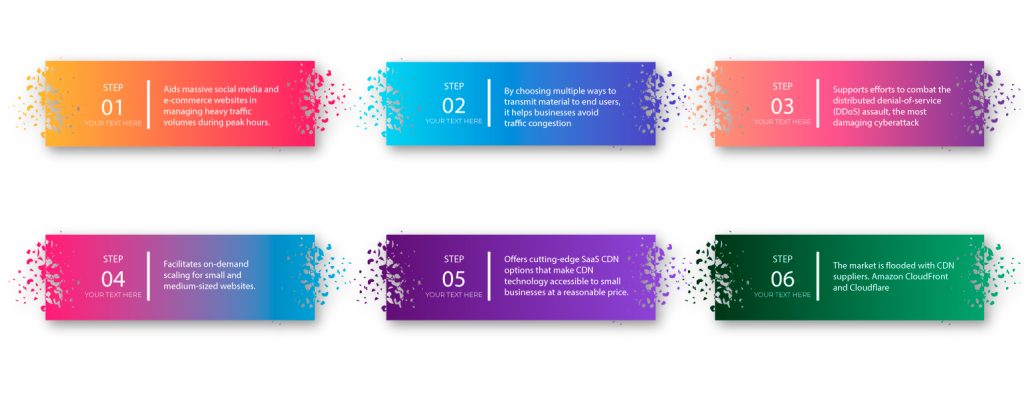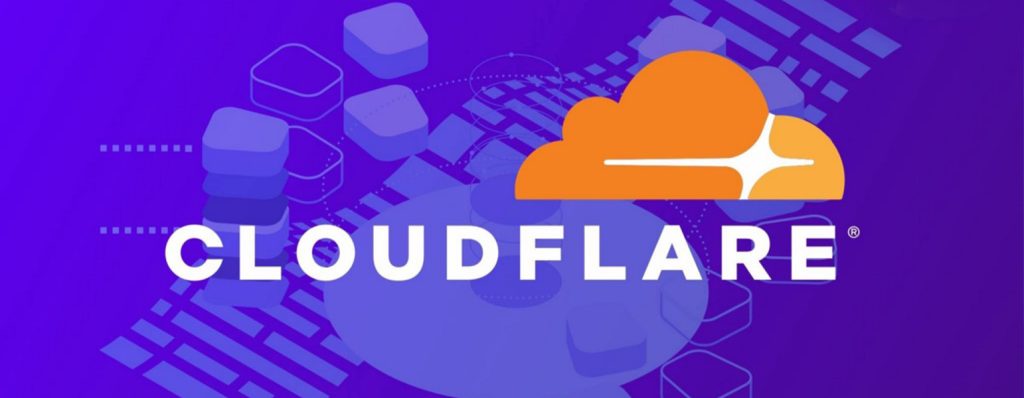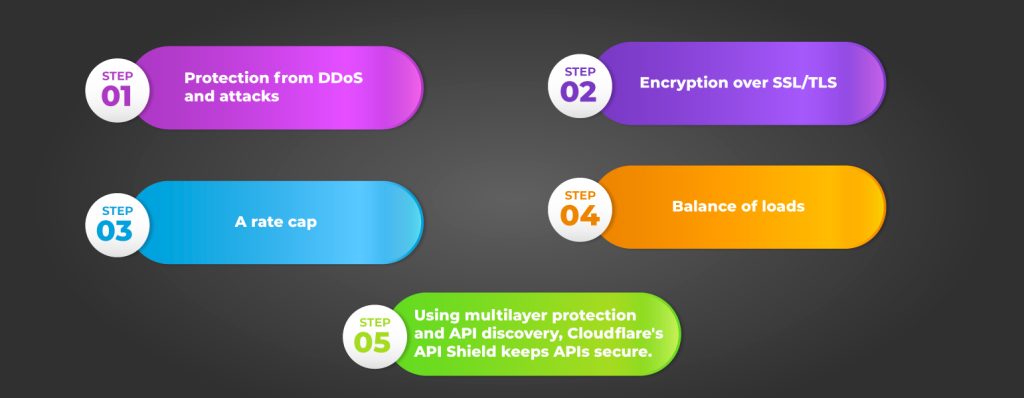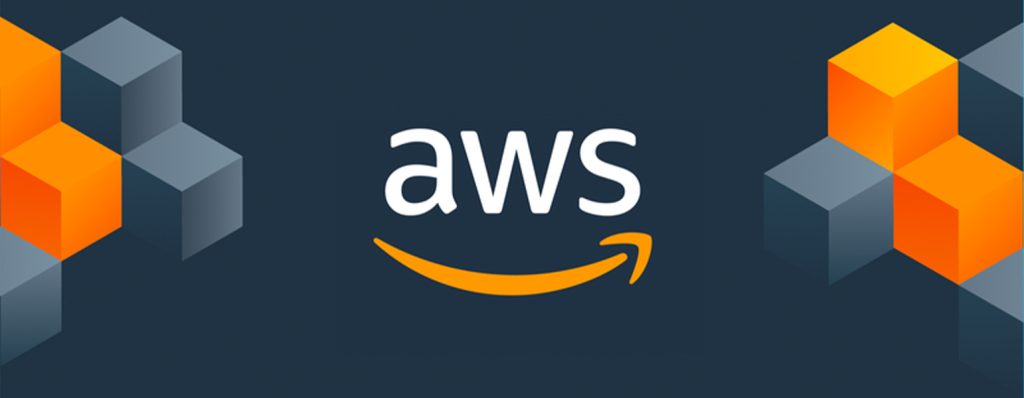The technology that supports content delivery networks (CDNs) is a crucial part of the Internet backbone of today.
A CDN is made up of an international network of dispersed servers whose primary function is to expedite the transmission of web content. When end users browse a website or mobile web application, CDNs accomplish this by caching online content nearby to their location.
This article is based on the services provided by two important suppliers, Cloudfront and Cloudflare, and examines CDN technology.
What Is A CDN Service And Why Would You Need One of cloudfront vs Cloudflare?
 CDN technology has been utilised ever since browser-based Internet access first became popular. Initially, only static content like images, videos, CSS, and JavaScript could be provided or stored by this technology.
CDN technology has been utilised ever since browser-based Internet access first became popular. Initially, only static content like images, videos, CSS, and JavaScript could be provided or stored by this technology.
On the other hand, dynamic content, which cannot be cached and requires server-side or computational logic, is delivered using modern CDN technology. Examples of dynamic web content include shopping carts, reader comments on articles or blogs, and dynamic numbers on websites like stock trading platforms where prices must be updated constantly.
Importance of CDN technology for cloudfront vs Cloudflare

The importance of CDN technology can be summed up as follows:
- Aids massive social media and e-commerce websites in managing heavy traffic volumes during peak hours.
- By choosing multiple ways to transmit material to end users, it helps businesses avoid traffic congestion that occasionally happens on Internet routes and keeps their online presence active during emergencies.
- Supports efforts to combat the distributed denial-of-service (DDoS) assault, the most damaging cyberattack that may be directed at websites.
- Facilitates on-demand scaling for small and medium-sized websites. To avoid a website from experiencing response failure problems during periods of high traffic volume, CDN providers might raise the bandwidth.
- Offers cutting-edge SaaS CDN options that make CDN technology accessible to small businesses at a reasonable price.
- The market is flooded with CDN suppliers. Amazon CloudFront and Cloudflare were included in a list of the top CDN service providers by Gartner. To run modern online applications at scale, many businesses rely on these CDN solutions.
They both contribute to achieving this goal, although their features and functionalities greatly diverge. Let’s examine, contrast, and compare Cloudflare’s and Amazon CloudFront’s features, capabilities, and advantages.
Cloudflare
 A reverse proxy is Cloudflare, which was introduced in 2007. Caching content on servers in different geographic locations, helps websites run more efficiently by offering security and performance services. This helps relieve the pressure on local servers. An all-inclusive method for app scaling is Cloudflare’s main product.
A reverse proxy is Cloudflare, which was introduced in 2007. Caching content on servers in different geographic locations, helps websites run more efficiently by offering security and performance services. This helps relieve the pressure on local servers. An all-inclusive method for app scaling is Cloudflare’s main product.
Cloudflare’s Main Characteristics
A DNS service, additional security and encryption options, and global distribution are just a few of the many features that come with Cloudflare.
A DNS service, additional security and encryption options, and a global CDN called Cloudflare are just a few of the many services it offers.
DNS Service

The world is home to several Cloudflare servers. Close to users’ locations, they facilitate caching of both static and dynamic material. Within 50 milliseconds, 95% of people on the planet can be reached via the Cloudflare network. 250 cities in 100 different nations can purchase it.
Protection from DDoS and attacks
Strong DDoS defence is a strength of Cloudflare. 86 billion threats are typically stopped each day.
Encryption over SSL/TLS
SSL encryption is free to use with Cloudflare. Since data theft and tampering are prohibited, all traffic that passes through Cloudflare servers is encrypted.
A rate cap
In order to provide sophisticated defence against common web assaults like DDoS, brute-force login attempts, spikes in API traffic, and any cyberattacks aimed at web APIs and apps, Cloudflare uses a rate-limiting mechanism.
Balance of loads
To provide material to end users as quickly as possible, Cloudflare dynamically selects the Internet’s quickest servers and paths. Through the use of a regionally based approach, they can circumvent the slow servers and clogged Internet traffic that hinder user browsing.
Using multilayer protection and API discovery, Cloudflare’s API Shield keeps APIs secure.
If you value the simplicity of setup and desire to use many different services, Cloudflare’s all-in-one solution is fantastic. It’s crucial to keep in mind, though, that this could put you at a disadvantage if you require more control or flexibility over the tools and services you use for your applications.
AWS CloudFront
 Unlike Cloudflare, Amazon CloudFront focuses solely on offerng a worldwide CDN to make sure that your web app’s or website’s static assets (such as photos, JS/CSS files, HTML files, and PDF documents) are supplied as quickly as possible.
Unlike Cloudflare, Amazon CloudFront focuses solely on offerng a worldwide CDN to make sure that your web app’s or website’s static assets (such as photos, JS/CSS files, HTML files, and PDF documents) are supplied as quickly as possible.
Particularly if you already have apps and services operating on AWS, Amazon CloudFront is the best choice if all you want to do is employ a CDN service.
Feature Highlights of Amazon CloudFront
Among the outstanding array of services offered by Amazon CloudFront are a collaboration with large international telecom operations, individually customised security compliance, and secure edge-computing capabilities.
The World Edge Network
Globally, Amazon CloudFront has partnerships with Tier 1, 2, and 3 telecom operators. There are 310+ places of presence worldwide spread throughout 90+ cities in 47 different countries.
Security
There are many security features offered by Amazon CloudFront. AWS Shield, AWS Web Application Firewall (WAF), and Amazon Route 53 are a few examples of how it provides defence against network- and application-layer assaults. It also offers HTTPS and SSL/TLS encryptions. A secure HTTP connection can be used to provide all content and API traffic.
Additionally, Amazon CloudFront offers its clients a variety of access controls. Such as prohibiting users from certain countries from accessing their websites or applications. These capabilities are offered by Amazon in addition to its compliance with several regulatory bodies, including PCI DSS Level 1, HIPAA, and SOC 1, 2, and 3.
Availability
Through the use of its redundancy mechanism and Amazon CloudFront Origin Shield, Amazon CloudFront achieves availability. Content is only retrieved from the origin when necessary thanks to CloudFront Origin Shield, which caches content in many locations.
Additionally, by setting origin redundancy, Amazon CloudFront receives the requested data from the backup origin if the primary origin is down.
Use of the Edge
Through CloudFront Functions and AWS Lambda@Edge, Amazon CloudFront offers programmable and secure edge CDN computing functionality.
Cost-Effectiveness
There are several reasons why Amazon CloudFront is an affordable CDN service. To start, it offers a wide range of payment alternatives that are suited for most clients. The Amazon CloudFront security savings bundle, configurable pricing, and pay-as-you-go are a few examples of these. Additionally, there are no fees associated with data transfer between Amazon CloudFront and AWS cloud services for origin fetches, according to Amazon Cloudflare.
cloudfront vs Cloudflare
Both Cloudflare and Amazon CloudFront offer numerous advantages for accelerating the delivery of material. Their CDNs, however, operate differently and each one provides a distinct set of services.
Although both services aid in speeding up the loading of your website’s content, Cloudflare places a greater emphasis on security. It has a web application firewall and DDoS defence (WAF). Amazon CloudFront, in contrast, is solely concerned with accelerating website load times.
Technical elements and procedures
The technical elements and procedures used in these services also vary:
- Unlike Amazon CloudFront, which functions as a real server to distribute content from edge servers near users’ locations, Cloudflare is a reverse proxy that permits traffic to pass through it.
- While Amazon CloudFront keeps the cached content in Amazon S3 buckets, Cloudflare caches its server content close to end users. Both services retrieve content from origins throughout the world. Their delivery methods, however, are different. As an illustration, although Amazon CloudFront makes use of level 3 cache headers, Cloudflare employs multiplexing.
- Compared to the Amazon CloudFront CDN network, Cloudflare’s CDN infrastructure is substantially bigger.
Which Should You Use With WordPress: Cloudfront Or Cloudflare?
- Because it’s easier to set up than Amazon CloudFront, Cloudflare is a superior option for the majority of WordPress users.
- The majority of WordPress users’ demands can be met by the free plan.
- A specific Cloudflare integration is provided by WP Rocket.
- Though the difference is negligible, Cloudflare’s network of edge servers is slightly larger.
- Cloudflare offers many helpful security features in addition to “more” than just content delivery.
That does not imply, however, that Cloudflare is always superior to Amazon CloudFront. It’s just that many of CloudFront’s advantages won’t be important to most WordPress users.
For instance, CloudFront allows you to have more control over minute elements like HTTP headers and cache invalidation. Additionally, CloudFront supports live streaming.
But the majority of WordPress users won’t require that feature, and Cloudflare’s simplicity will be more useful to them.
Read more interesting blogs:The Ultimate Guide Of Migrating Hdp Cluster To Amazon Emr
Recap: cloudfront vs Cloudflare
To summarise, both Cloudflare and Amazon CloudFront provide content delivery network capability that can shorten the time it takes for a page to load globally and put less strain on your server.
Due to the fact that Cloudflare is a reverse proxy, you will use its nameservers and let it handle traffic redirection for your website. Security and DDoS protection are two additional advantages of this.
On the other side, Amazon CloudFront is a more “conventional” CDN. Your nameservers won’t need to be changed. Instead, you may use a plugin like WP Offload Media Lite to “push” files into an Amazon S3 bucket and have CloudFront serve them from there. Or you can have CloudFront automatically “pull” files from your WordPress site’s server onto CloudFront’s servers.
For most WordPress users that don’t want precise control over the operation of the CDN cache or have special circumstances like live streaming content, Cloudflare will be the better choice because of its far easier setup process.
Both Cloudflare and Amazon CloudFront are very beneficial solutions. The best decision ultimately comes down to your unique business requirements. As you can see, the two services differ significantly from one another. Therefore, in order to choose the CDN service that best fits your business model, you’ll need to precisely and completely comprehend the advantages and potential uses of both choices.
What’s more?
The following broad distinctions should be kept in mind while you look for a CDN provider:
Amazon CloudFront is the ideal choice for streaming content with simpler content management because it was designed to serve as a CDN provider only, unlike Cloudflare, which was initially established to defend against DDoS attacks.
Among the best solutions are Amazon CloudFront and Cloudflare. Your particular business needs will ultimately determine which option is best. The two services do have some significant distinctions, as you have seen. You should therefore correctly and completely comprehend the advantages and potential of both solutions in order to choose the CDN service that best fits your business model.
While you look for a CDN service for cloudfront vs Cloudflare, keep the following broad distinctions in mind:
- Amazon CloudFront is an excellent choice for streaming content with simpler content management, in contrast to Cloudflare, which was first developed to defend against DDoS attacks.
- Other benefits of adopting Amazon CloudFront include its affordable cost and ease of use, particularly if your data is already hosted on AWS servers. You can use a saving package option to cut your spending by up to 30%, and customer savings schemes are also offered.
Both cloudfront vs Cloudflare services include free tiers, so you can try them out if you’re still unsure. This implies that you don’t have to pay any money to find out which option better manages traffic surges on your website, enhances its speed and performance, or gives you peace of mind knowing your site is more securely protected.
Why should you choose 0Scale
You can also contact 0Scale.io for a unique private pricing arrangement if you decide to use cloudfront vs Cloudflare. we have a group of committed cloud analysts who offer helpful cost recommendations and continuing expense reduction. With the aid of Amazon CloudFront, this case study shows how 0Scale.io can help you get the most out of your CDN service. Discover how to utilise our knowledge of numerous AWS cost-saving strategies, such as utilising AWS spot instances, RIs, and other techniques, by exploring the Mission website.


